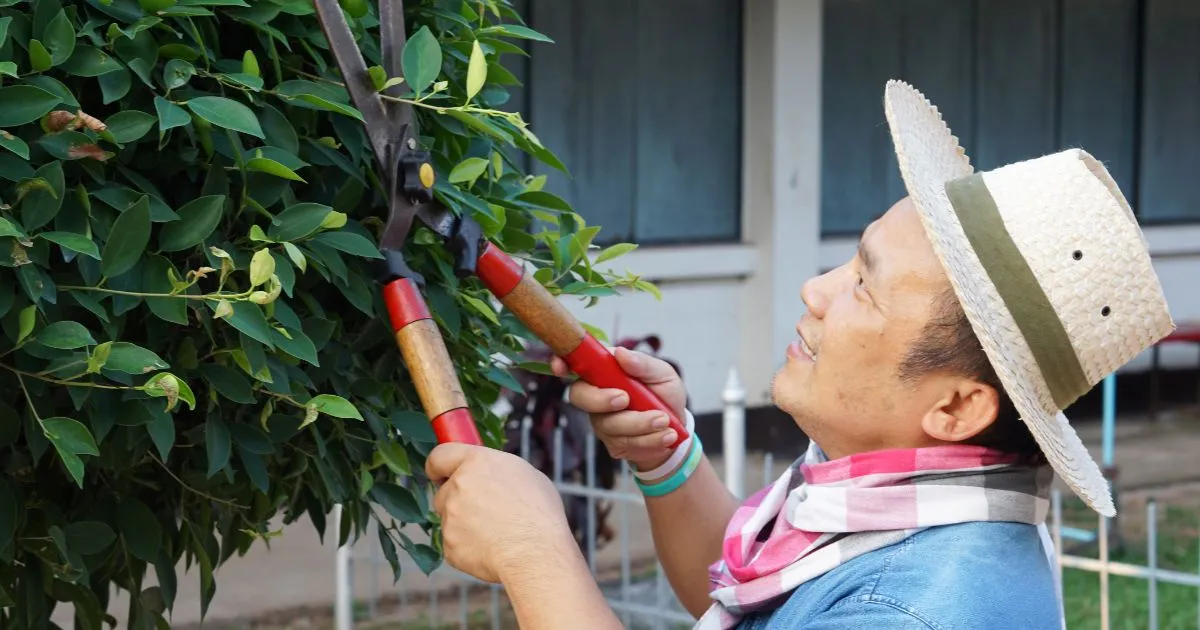Table of Contents
Japanese gardens are renowned for their serene beauty, meticulous design, and harmonious balance with nature. Achieving such perfection requires not only skill and patience but also the right tools. Japanese gardening tools are crafted with precision, designed to enhance the gardener’s connection with the natural world. In this article, we will explore the history, types, and uses of Japanese gardening tools, as well as their cultural significance and maintenance tips.
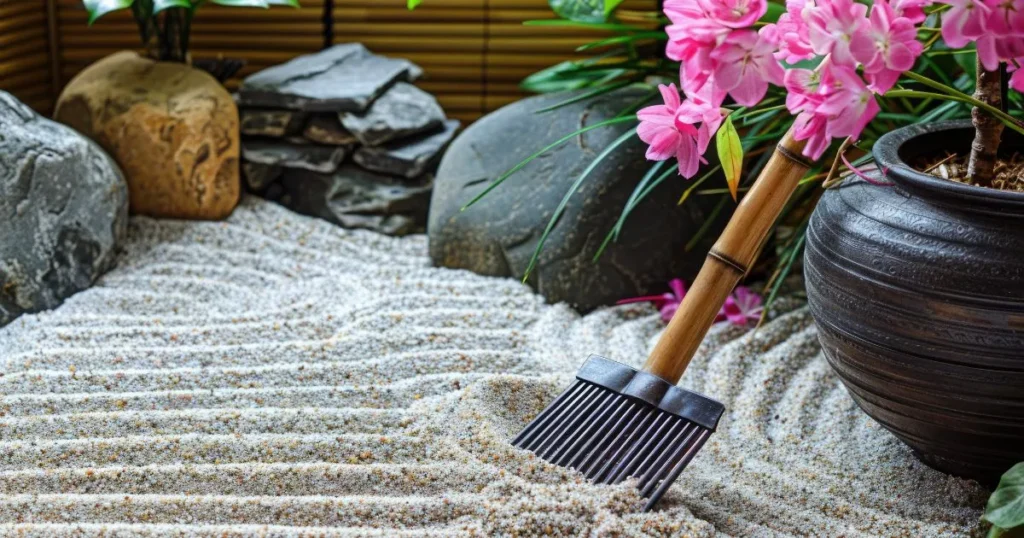
The History of Japanese Gardening Tools
Origins and Evolution
Japanese gardening tools have a rich history that dates back centuries. The origins of these tools can be traced to the Heian period (794-1185), when Japanese gardens began to evolve into the intricate landscapes we know today. During this time, gardening was not just a practical activity but also an art form, deeply intertwined with Japanese culture and spirituality.
The tools used in Japanese gardening were initially influenced by Chinese gardening techniques and tools. However, over time, Japanese craftsmen began to develop their own unique designs, tailored to the specific needs of Japanese gardens. These tools were often handmade, using traditional methods passed down through generations.
Cultural Significance
Japanese gardening tools are more than just instruments for tending to plants; they are a reflection of the Japanese philosophy of wabi-sabi, which finds beauty in imperfection and transience. The tools are designed to work in harmony with nature, allowing the gardener to create a space that is both aesthetically pleasing and spiritually uplifting.
The craftsmanship of Japanese gardening tools is also a testament to the Japanese value of monozukuri, or the art of making things. Each tool is carefully crafted to ensure it is both functional and beautiful, embodying the principles of precision, durability, and simplicity.
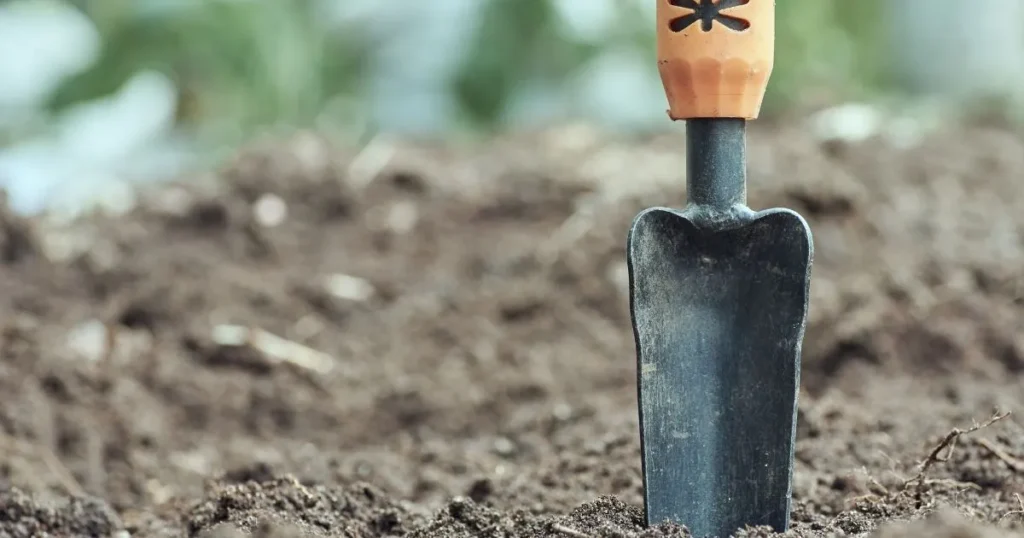
Types of Japanese Gardening Tools
Hori-Hori (Japanese Digging Knife)
The hori-hori is one of the most versatile tools in a Japanese gardener’s arsenal. This double-edged knife is used for digging, cutting, weeding, and planting. Its sharp, serrated edge makes it ideal for cutting through tough roots, while the concave blade can be used for scooping soil.
Uses of the Hori-Hori
- Digging: The hori-hori is perfect for digging small holes for planting bulbs or seedlings.
- Weeding: Its sharp edge allows for precise weeding, even in tight spaces.
- Cutting: The serrated edge can cut through roots and small branches with ease.
- Scooping: The concave blade is useful for scooping soil or compost.
Kama (Japanese Sickle)
The kama is a traditional Japanese sickle used for cutting grass, weeds, and small branches. It has a curved blade that allows for efficient cutting with minimal effort. The kama is often used in the maintenance of Japanese gardens, where precision and control are essential.
Uses of the Kama
- Grass Cutting: The kama is ideal for cutting grass in tight or hard-to-reach areas.
- Weeding: Its sharp blade can easily slice through weeds at the base.
- Pruning: The kama can be used to prune small branches and shrubs.
Kusakari (Japanese Grass Sickle)
The kusakari is a specialized tool used for cutting grass and weeds in large areas. It has a long handle and a curved blade, allowing the gardener to cut grass with a sweeping motion. The kusakari is particularly useful for maintaining the expansive lawns and meadows found in some Japanese gardens.
Uses of the Kusakari
- Large Area Grass Cutting: The kusakari is designed for cutting grass in large, open areas.
- Weeding: Its long handle allows for efficient weeding without bending over.
- Clearing Overgrown Areas: The kusakari can quickly clear overgrown grass and weeds.
Niwashi (Japanese Garden Scissors)
Niwashi are Japanese garden scissors used for pruning, trimming, and shaping plants. They are designed for precision work, allowing the gardener to create the intricate shapes and patterns often seen in Japanese gardens. Niwashi come in various sizes and shapes, each suited to a specific task.
Uses of the Niwashi
- Pruning: Niwashi are ideal for pruning small branches and stems.
- Trimming: They can be used to trim hedges and shrubs with precision.
- Shaping: Niwashi are essential for creating the intricate shapes found in Japanese gardens.
Trowel (Japanese Planting Tool)
The Japanese trowel is a small, handheld tool used for planting, transplanting, and weeding. It has a narrow, pointed blade that allows for precise work in tight spaces. The Japanese trowel is often used in the creation and maintenance of bonsai trees, where precision is paramount.
Uses of the Trowel
- Planting: The trowel is perfect for planting small seedlings and bulbs.
- Transplanting: Its narrow blade allows for careful transplanting of delicate plants.
- Weeding: The trowel can be used to remove weeds from tight spaces.
Bonsai Tools
Bonsai tools are a specialized set of tools used for the care and maintenance of bonsai trees. These tools include scissors, shears, wire cutters, and root hooks, each designed for a specific task. Bonsai tools are essential for shaping and maintaining the miniature trees that are a hallmark of Japanese gardens.
Uses of Bonsai Tools
- Pruning: Bonsai scissors and shears are used for precise pruning of branches and leaves.
- Wiring: Wire cutters are used to apply and remove wire for shaping the tree.
- Root Care: Root hooks are used to carefully untangle and prune the roots of bonsai trees.
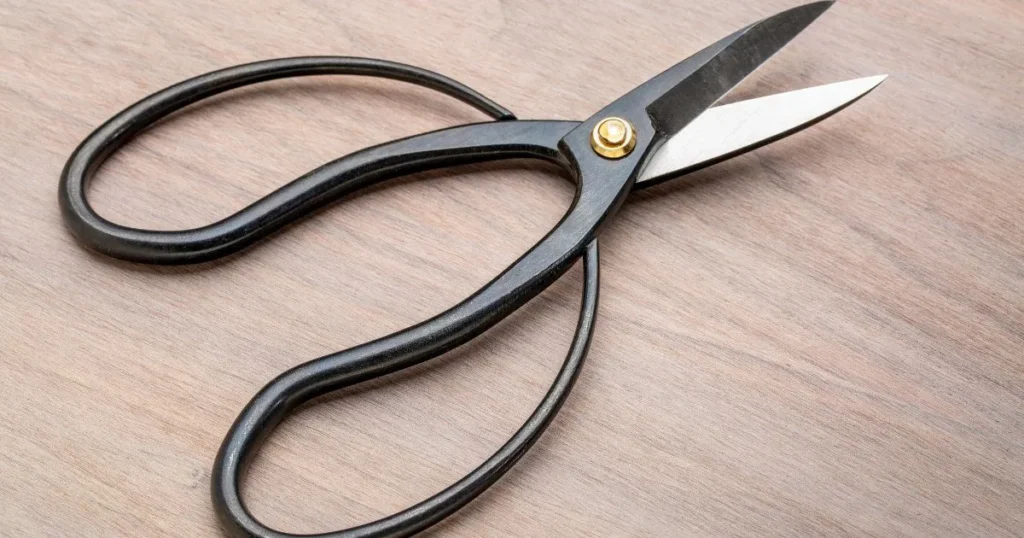
Maintaining Japanese Gardening Tools
Cleaning and Storage
Proper maintenance of Japanese gardening tools is essential to ensure their longevity and performance. After each use, tools should be cleaned to remove dirt and debris. This can be done with a brush and water, followed by drying with a cloth. It is important to dry the tools thoroughly to prevent rust.
Storage is also crucial. Tools should be stored in a dry, cool place, away from moisture. Some gardeners prefer to hang their tools on a wall or store them in a tool roll to keep them organized and protected.
Sharpening
Keeping Japanese gardening tools sharp is essential for their effectiveness. Dull tools can damage plants and make gardening tasks more difficult. Tools like the hori-hori, kama, and niwashi should be regularly sharpened using a whetstone or sharpening tool.
Oiling
To prevent rust and keep tools in good condition, it is recommended to oil them regularly. A light coating of oil, such as camellia oil, can be applied to the blades and metal parts of the tools. This will help protect them from moisture and corrosion.
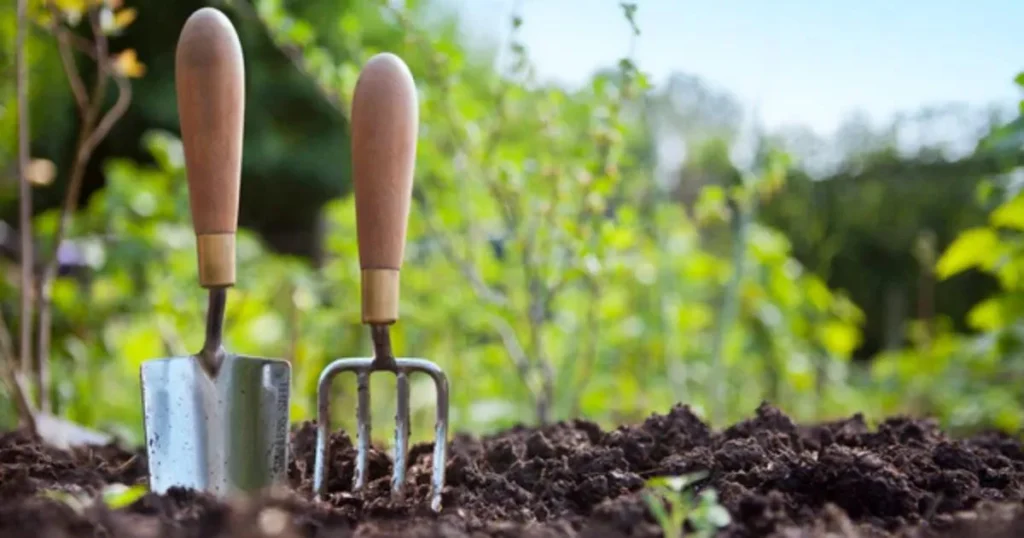
The Cultural Significance of Japanese Gardening Tools
Connection to Nature
Japanese gardening tools are designed to enhance the gardener’s connection to nature. The use of these tools requires a deep understanding of the natural world and a respect for the plants and soil. This connection is at the heart of Japanese gardening, where the goal is to create a space that reflects the beauty and harmony of nature.
Mindfulness and Meditation
Gardening with Japanese tools is often seen as a form of mindfulness and meditation. The repetitive motions of digging, cutting, and pruning can be calming and meditative, allowing the gardener to focus on the present moment. This mindful approach to gardening is a key aspect of Japanese culture, where the process is just as important as the result.
Craftsmanship and Tradition
The craftsmanship of Japanese gardening tools is a reflection of the country’s rich tradition of artisanal skill. Each tool is carefully crafted by skilled artisans, using traditional methods that have been passed down through generations. This commitment to quality and tradition is evident in the durability and beauty of Japanese gardening tools.
Conclusion
Japanese gardening tools are more than just instruments for tending to plants; they are a reflection of Japanese culture, philosophy, and craftsmanship. From the versatile hori-hori to the precise niwashi, each tool is designed to enhance the gardener’s connection to nature and create a harmonious, beautiful space. Proper maintenance and care of these tools are essential to ensure their longevity and performance. Whether you are a seasoned gardener or a beginner, incorporating Japanese gardening tools into your practice can bring a new level of precision, mindfulness, and beauty to your garden.
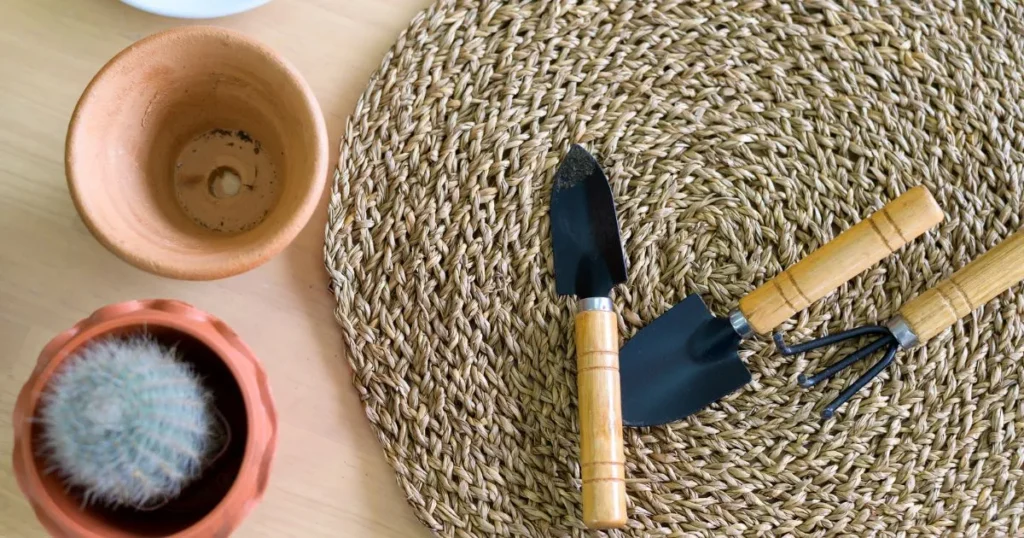
FAQ
What are the essential Japanese gardening tools for beginners?
For beginners, the essential Japanese gardening tools include the hori-hori (digging knife), kama (sickle), and niwashi (garden scissors). These tools are versatile and can handle a wide range of gardening tasks.
How do I maintain my Japanese gardening tools?
To maintain your Japanese gardening tools, clean them after each use, dry them thoroughly, and store them in a dry place. Regularly sharpen the blades and apply a light coating of oil to prevent rust.
Can I use Japanese gardening tools for non-Japanese gardens?
Yes, Japanese gardening tools can be used for any type of garden. Their precision and versatility make them suitable for a wide range of gardening tasks, regardless of the garden style.
Where can I buy authentic Japanese gardening tools?
Authentic Japanese gardening tools can be purchased from specialty garden stores, online retailers, or directly from Japanese artisans. Look for tools that are handmade and crafted using traditional methods.
Are Japanese gardening tools expensive?
The price of Japanese gardening tools can vary depending on the quality and craftsmanship. While some tools may be more expensive than their Western counterparts, their durability and performance often justify the investment.
What is the difference between Japanese and Western gardening tools?
Japanese gardening tools are often more specialized and designed for precision tasks, while Western tools tend to be more general-purpose. Japanese tools are also typically handmade with a focus on craftsmanship and durability.
Can I use Japanese gardening tools for bonsai?
Yes, there are specialized bonsai tools within the range of Japanese gardening tools. These include bonsai scissors, shears, wire cutters, and root hooks, all designed for the precise care and maintenance of bonsai trees.
How do I sharpen Japanese gardening tools?
Japanese gardening tools can be sharpened using a whetstone or sharpening tool. It’s important to follow the correct angle and technique for each tool to ensure a sharp edge without damaging the blade.
What is the cultural significance of Japanese gardening tools?
Japanese gardening tools reflect the cultural values of precision, mindfulness, and harmony with nature. They are often seen as an extension of the gardener’s connection to the natural world and are crafted with a deep respect for tradition and craftsmanship.
Are there any specific techniques for using Japanese gardening tools?
Yes, using Japanese gardening tools often involves specific techniques that maximize their effectiveness. For example, the hori-hori is used with a combination of digging and slicing motions, while the kama is used with a sweeping motion for cutting grass. Learning these techniques can enhance your gardening experience.

